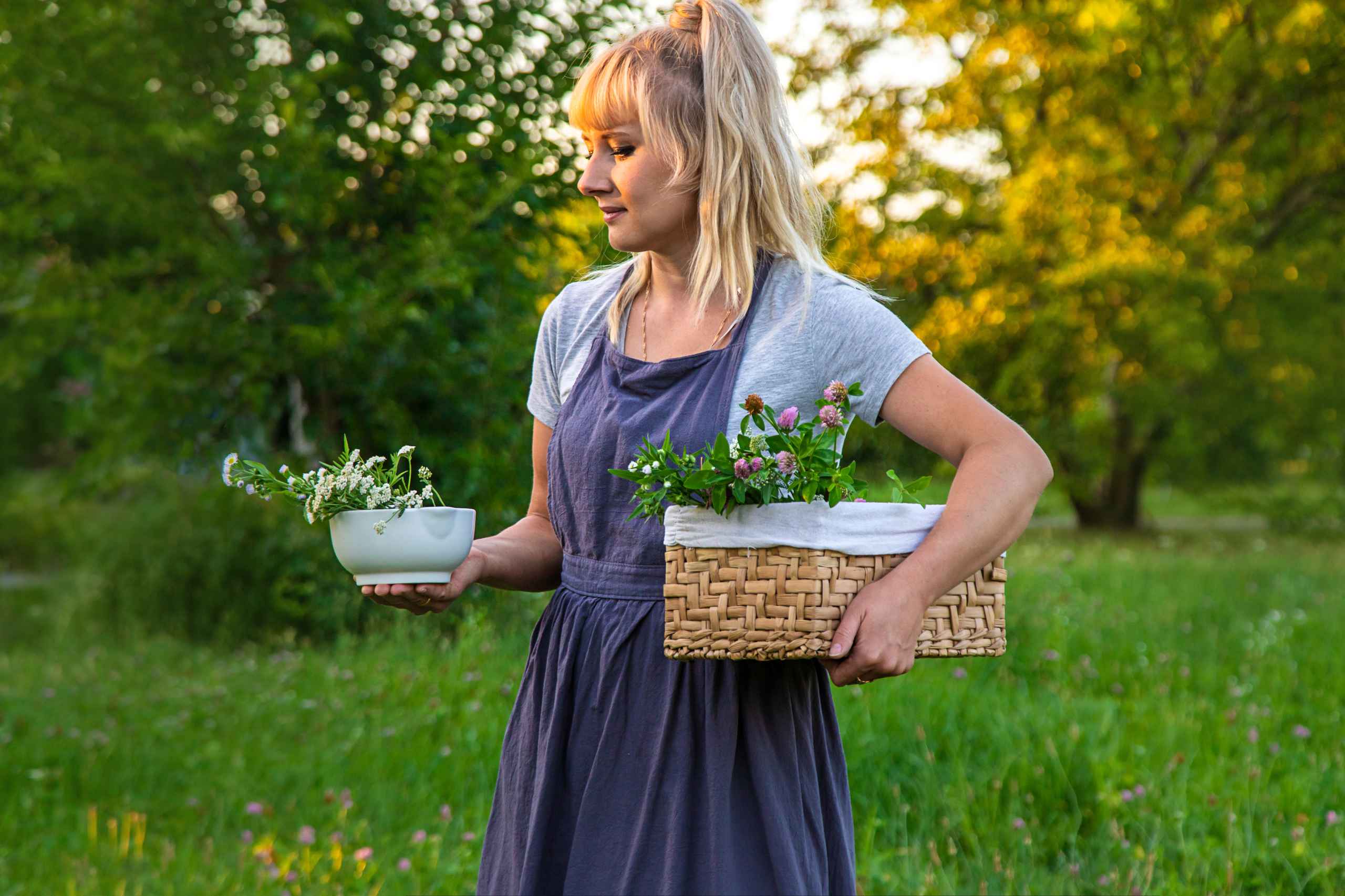Address
304 North Cardinal St.
Dorchester Center, MA 02124
Work Hours
Monday to Friday: 7AM - 7PM
Weekend: 10AM - 5PM

Imagine plucking a sprig of fresh basil right from your windowsill on a snowy winter morning — the scent, the flavor, the satisfaction. Growing herbs indoors isn’t just possible — it’s practical, rewarding, and surprisingly easy once you understand a few fundamentals.
In this guide, we’ll explore how to create your own indoor herb haven, no matter the season or the size of your space.
Indoor herbs are more than decorative. They offer:
Whether you’re a home chef or a tea lover, indoor gardening enhances your daily rituals.
Not all herbs thrive equally well inside, but many adapt beautifully to indoor conditions. Start with these beginner-friendly favorites:
Mix culinary herbs with a few medicinal varieties like lemon balm or chamomile if you enjoy herbal teas or tinctures.
Sunlight is key. Most herbs need at least 6 hours of direct sunlight per day. A south-facing window is ideal. No good light? Supplement with full-spectrum grow lights.
Pro Tip: Rotate your pots weekly to ensure even growth and prevent leggy stems.
Avoid placing herbs near drafty windows or heat sources like ovens — temperature swings can stress the plants.
Overwatering is the number one mistake new herb gardeners make. Here’s how to avoid it:
Remember, herbs like rosemary and thyme prefer slightly drier conditions, while mint and basil like more moisture.
Once your herbs have a few sets of leaves, it’s time to start harvesting — but gently. Pinch from the top to encourage branching and bushier growth.
Small, regular harvests are better than taking large amounts at once. And don’t forget: the more you use them, the more they grow.
There’s something quietly joyful about tending to your indoor garden. A few minutes a day — checking leaves, misting water, plucking a sprig — can become a calming ritual.
And that moment when your homemade soup tastes better because of a single fresh leaf you grew yourself? That’s where the magic is.
Ready to get started? All you need is a few pots, good soil, and a little sunlight. The rest is just love and leaves.